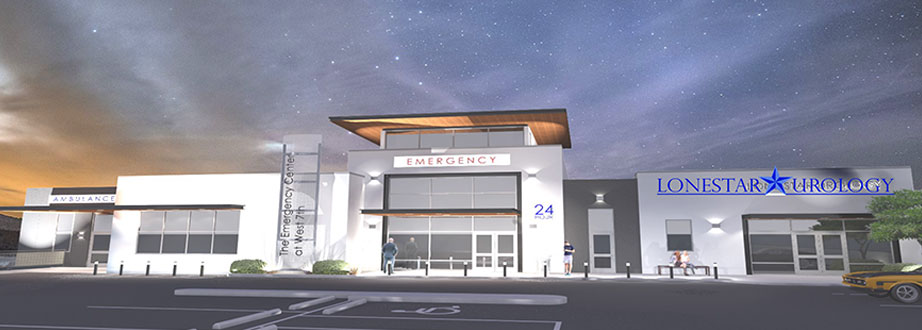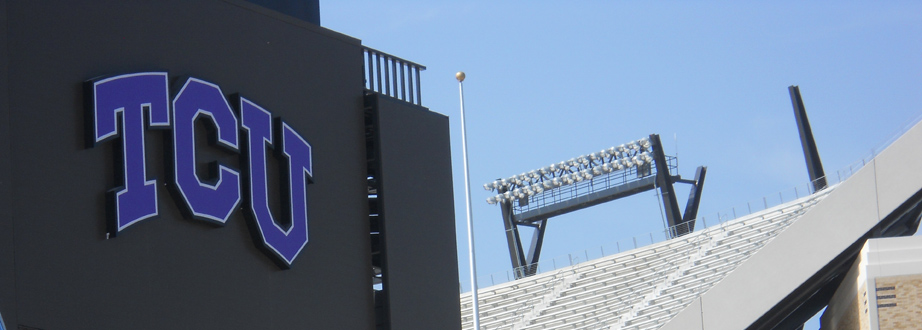

Horizontal Menu with CSS3 Css3Menu.com

Have a question for Dr. Stroud, or want to make an appointment? We want to hear from you!
817-335-0199

Glossary
a b c d e f g h i j k l m n o p q r s t u v w x y z
prostatectomy: Surgical removal of the prostate.
- suprapubic / retropubic prostatectomy: This involves the removal of obstructing prostatic tissue through a supra-pubic incision ( a cut below the belly button ). The Prostate is not wholly removed. Suprapubic Prostatectomy requires incising the bladder to remove the obstructing tissue while a Retropubic approach involves incising the Prostatic capsule to remove the obstructing tissue. Both approaches utilize an abdominal incision.
- radical retropubic prostatectomy: Removal of prostate through an abdominal incision. The prostate is completely removed. The advantage is that the lymph nodes can be sampled at the time of the operation and the nerve-sparing procedure is easier to do via this operation.
- perineal prostatectomy: A Perineal incision is utilized. The advantages are: less blood loss, easier visualization of the bladder / urethral anastomosis and decreased recovery time because the incision does not involve muscle or any other vital tissue.
prostatic stent: Inserted through a cystoscope, it is a wire device that expands after placement thus pushing prostate tissue away from passageway allowing for easier urination.
prostatitis: Inflammation of the prostate
prostatron: Also called TUMT or Transurethral Microwave Thermotherapy. A catheter is placed within the bladder and positioned within the prostate, then the antenna emits microwaves. This procedure increases the passageway allowing for easier urination.
pubovaginal sling: A surgical procedure in which a man-made or cadaveric piece of material is placed under the bladder neck to support and immobilize. This technique improves sphincter function and decreases bladder neck movement, improving continence.
pyelonephritis: Inflammation of the kidney, usually due to a bacterial infection.
pyuria: The presence of pus in the urine; usually an indication of kidney or urinary tract infection.





